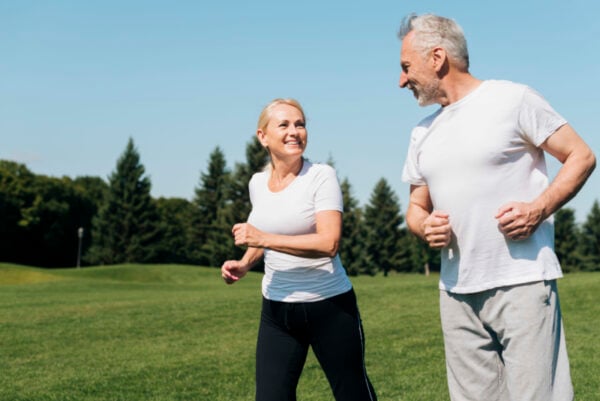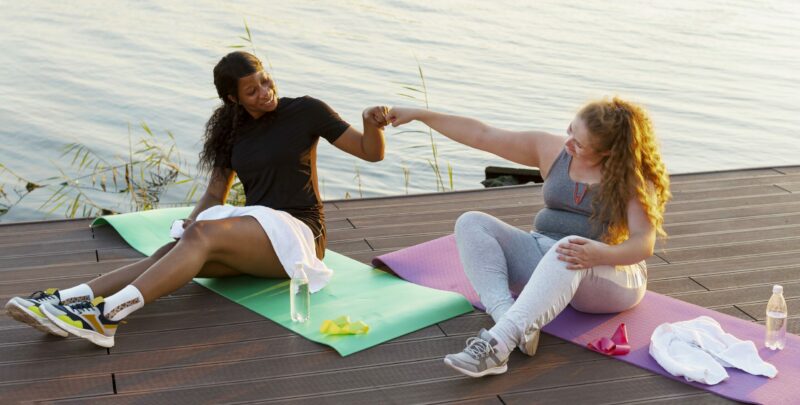
Are you tired of working out in the same environment every day? Are you looking for new ways to challenge yourself and spice up your routine? If so, it may be time to make the switch from indoor exercise to outdoor exercise. While indoor exercise provides a controlled environment, outdoor exercise can offer a range of benefits that you won’t find in a gym. As a physical therapist, I’ve seen firsthand how outdoor exercise can improve not only a person’s physical health but their mental health as well. In this blog, I’ll discuss the benefits of outdoor exercise and provide some tips for making the transition.
The Benefits of Outdoor Exercise
There are many benefits to exercising outdoors. For one, it can increase your exposure to vitamin D, which is essential for bone health and immune function. Additionally, the varied terrain and elements of the outdoors can help improve your balance and overall coordination. Outdoor exercise also gives you the opportunity to be more social with others by participating in group workouts or exploring local trails and parks.
Tips for Making The Transition from Indoor to Outdoor Exercise
Making the switch from indoor exercise to outdoor exercise can be daunting at first, but there are a few tips that can help ease the transition. First, try finding a group or partner to exercise with. Having a support system can help keep you motivated and accountable. Second, vary your outdoor workouts by trying out different parks or trails to keep things interesting. Third, be prepared for the outdoors by wearing appropriate clothing such as light layers that you can remove if needed and footwear. Be sure to have plenty of water to stay hydrated and familiarize yourself with the area before starting out.
Outdoor Exercises to Try
There are countless outdoor exercises to try, and many don’t require any equipment. Some exercises to try include hiking, trail running, kayaking, paddleboarding, and biking. Additionally, bodyweight exercises like push-ups, lunges, and squats can also be done outdoors. It’s important to gradually increase the intensity and length of your outdoor workouts to avoid overexertion.
Precautions to Take
While outdoor exercise can be beneficial, it’s important to take precautions to prevent injury. Always warm up and stretch before exercising, wear appropriate safety gear, and be aware of your surroundings. It’s also important to listen to your body and rest when needed. If you have any underlying medical conditions or injuries, make sure to speak with your healthcare provider before starting any new exercise routine.
Switching from indoor to outdoor exercise can be a great way to challenge yourself and experience the benefits of the outdoors. With a little preparation and precaution, you can safely and effectively make the transition. Remember to start slowly, be patient, and most importantly, have fun!
Keep Reading…
Sticking To Your Exercise Program | How To Not Fall Off The Treadmill (or Bike, or Rower…)
New Year's resolutions around fitness and exercise are incredibly [...]
10 Tips To Help You Get Up & Get Your Workout Done In The Morning
Are you struggling to peel yourself away from the [...]
5 Core Exercises For A Healthy Back
A strong core is essential for good posture, balance, [...]
The Health Benefits of Walking. You Might Be Surprised
Regular exercise vital is for maintaining good health. I've [...]





